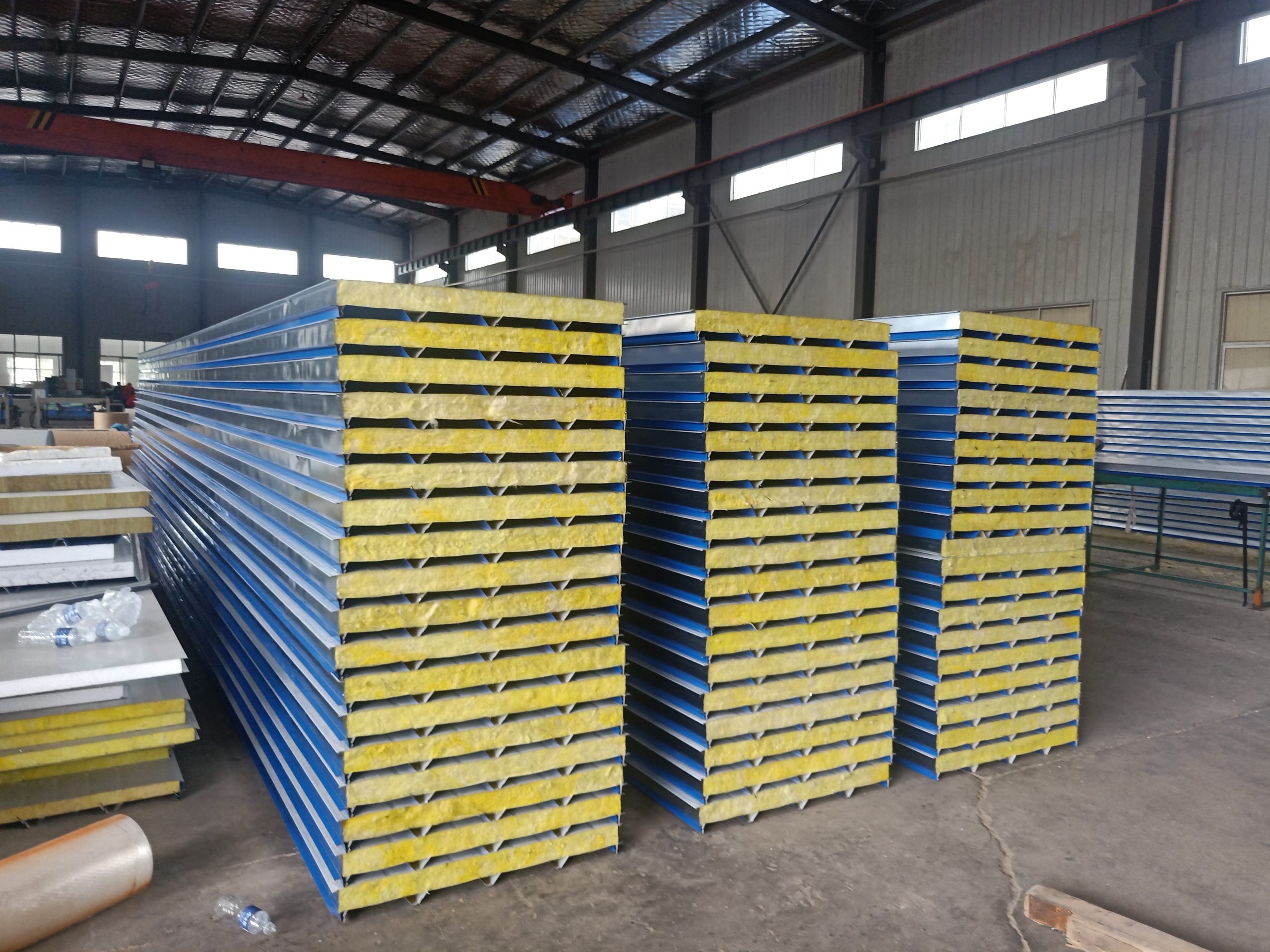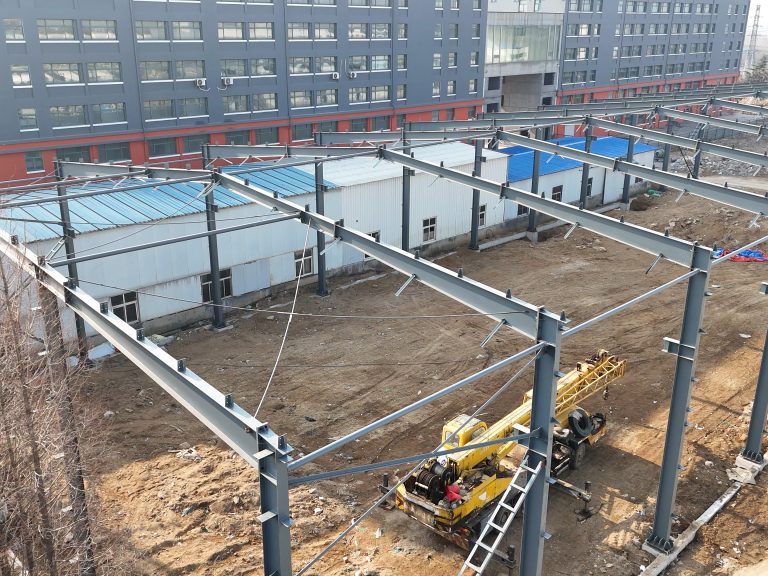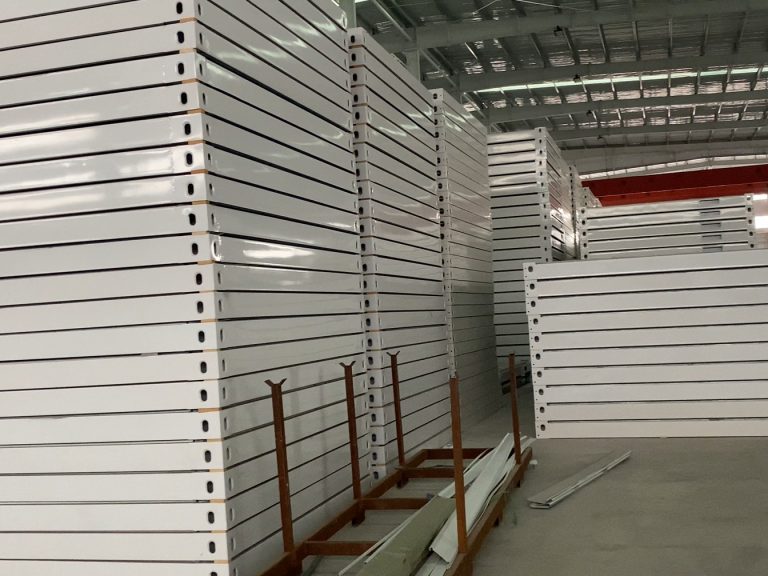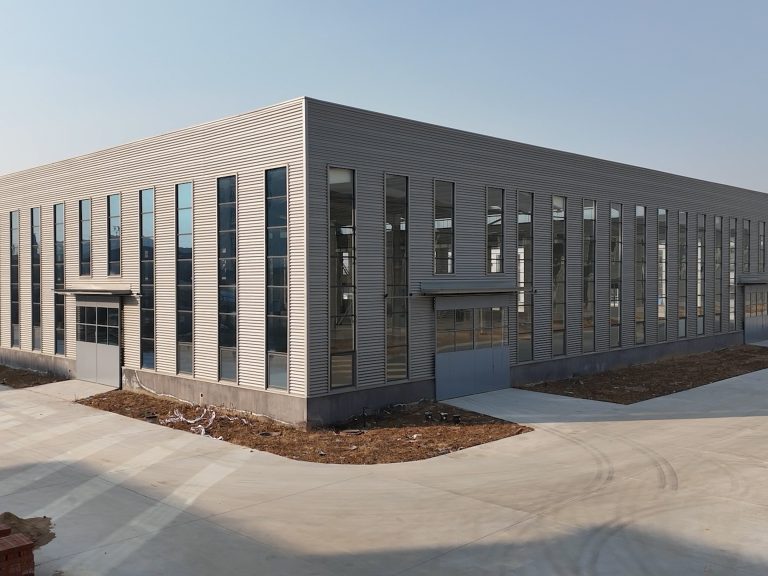Table of Contents
Benefits of Implementing Intelligent Seismic Support Systems in Steel Structure Buildings
Steel structure buildings have become increasingly popular due to their durability, strength, and cost-effectiveness. However, one of the main concerns with steel structures is their vulnerability to seismic activity. In order to address this issue, engineers and researchers have been developing innovative solutions to enhance the seismic performance of steel buildings. One such solution is the implementation of intelligent seismic support systems.
Intelligent seismic support systems are a technical innovation that utilizes advanced sensors, actuators, and control algorithms to actively mitigate the effects of seismic forces on steel structures. These systems are designed to detect the onset of seismic activity and respond in real-time to minimize structural damage and ensure the safety of occupants.
One of the key benefits of implementing intelligent seismic support systems in steel structure buildings is the enhanced level of protection they provide. Traditional seismic support systems rely on passive dampers and braces to dissipate seismic energy, but these systems are limited in their ability to adapt to changing seismic conditions. Intelligent seismic support systems, on the other hand, are able to continuously monitor and adjust their response to provide optimal protection against seismic forces.

Another benefit of intelligent seismic support systems is their ability to improve the overall performance of steel structures. By actively controlling the response of the building to seismic forces, these systems can reduce the amount of structural damage and downtime following an earthquake. This not only enhances the safety of occupants but also minimizes the economic impact of seismic events on building owners and operators.
In addition to their protective capabilities, intelligent seismic support systems can also contribute to the sustainability of steel structure buildings. By reducing the need for costly repairs and replacements due to seismic damage, these systems can extend the lifespan of the building and reduce its environmental impact. This is particularly important in regions prone to frequent seismic activity, where the long-term durability of steel structures is a major concern.
Furthermore, intelligent seismic support systems can also enhance the functionality and usability of steel structure buildings. By providing a higher level of protection against seismic forces, these systems can increase the confidence of occupants and allow for more flexible design options. This can lead to the development of innovative and aesthetically pleasing steel structures that meet the needs of modern society.
Overall, the implementation of intelligent seismic support systems in steel structure buildings offers a wide range of benefits, including enhanced protection, improved performance, sustainability, and functionality. As the technology continues to advance and become more widely adopted, we can expect to see a significant improvement in the seismic resilience of steel structures around the world. By investing in these innovative solutions, building owners and operators can ensure the safety and longevity of their structures in the face of seismic events.
Case Studies of Successful Implementation of Intelligent Seismic Support Systems in Steel Structure Buildings
Steel structure buildings are becoming increasingly popular due to their durability, flexibility, and cost-effectiveness. However, one of the main concerns with steel structures is their vulnerability to seismic activity. To address this issue, engineers and researchers have been developing innovative solutions to enhance the seismic resistance of steel buildings. One such solution is the intelligent seismic support system, which combines advanced technology with traditional seismic support methods to provide superior protection against earthquakes.
The intelligent seismic support system is a cutting-edge technology that utilizes sensors, actuators, and control algorithms to detect and respond to seismic forces in real-time. By continuously monitoring the building’s structural integrity and adjusting the support system accordingly, the intelligent seismic support system can significantly reduce the impact of seismic events on steel structures. This technology has been successfully implemented in a number of steel structure buildings around the world, demonstrating its effectiveness in enhancing the seismic resistance of these structures.
One notable case study of the successful implementation of an intelligent seismic support system is the Taipei 101 skyscraper in Taiwan. Taipei 101 is a 101-story steel structure building that stands at 508 meters tall, making it one of the tallest buildings in the world. Due to its height and location in a seismically active region, Taipei 101 required a robust seismic support system to ensure its safety and stability during earthquakes.
Engineers at Taipei 101 implemented an intelligent seismic support system that consists of a network of sensors embedded throughout the building, along with a central control system that continuously monitors and adjusts the building’s seismic support mechanisms. When an earthquake is detected, the control system activates the building’s dampers and base isolators to absorb and dissipate the seismic energy, effectively reducing the building’s sway and minimizing structural damage.
The intelligent seismic support system at Taipei 101 has been put to the test several times since the building’s completion in 2004, most notably during the 921 earthquake in 1999 and the 2008 Sichuan earthquake. In both instances, the building’s seismic support system performed admirably, with minimal damage and no casualties reported. This success has solidified Taipei 101’s reputation as one of the safest and most resilient buildings in the world, showcasing the effectiveness of intelligent seismic support systems in enhancing the seismic resistance of steel structures.
Another case study of the successful implementation of an intelligent seismic support system is the Salesforce Tower in San Francisco, California. The Salesforce Tower is a 61-story steel structure building that was completed in 2018. Due to its location in a highly seismic area, the building’s engineers incorporated an intelligent seismic support system to enhance its seismic resistance.
The seismic support system at the Salesforce Tower includes a combination of base isolators, dampers, and sensors that work together to mitigate the effects of seismic forces on the building. The sensors continuously monitor the building’s movement and structural integrity, while the control system adjusts the support mechanisms in real-time to minimize sway and prevent damage during earthquakes.
The effectiveness of the intelligent seismic support system at the Salesforce Tower was put to the test during the 2019 Ridgecrest earthquakes, which struck Southern California with a magnitude of 6.4 and 7.1. Despite the intensity of the earthquakes, the Salesforce Tower remained stable and undamaged, thanks to its advanced seismic support system. This successful demonstration of the technology’s capabilities has further validated the use of intelligent seismic support systems in steel structure buildings.
In conclusion, the technical innovation of intelligent seismic support systems has revolutionized the way we approach seismic protection in steel structure buildings. By combining advanced technology with traditional seismic support methods, these systems provide superior protection against earthquakes and enhance the safety and resilience of steel structures. The successful implementation of intelligent seismic support systems in buildings like Taipei 101 and the Salesforce Tower serves as a testament to the effectiveness of this technology in mitigating the impact of seismic events. As we continue to advance and refine these systems, we can look forward to even greater levels of seismic resistance and safety in steel structure buildings around the world.






